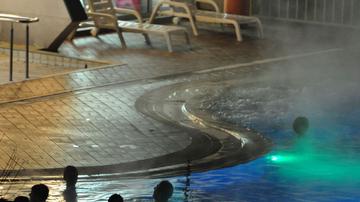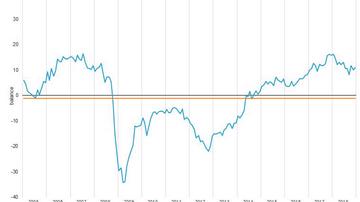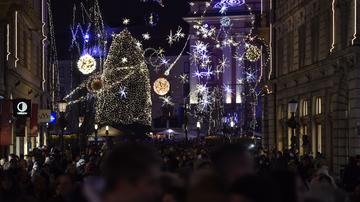
In 1993 the UN General Assembly proclaimed 22 March as World Water Day to draw attention of the global public to the importance of water and sustainable management of water sources. The theme of this year’s World Water Day is "Waste Water". The emphasis is on the management of waste water that can be generated in different activities and can be treated before discharge.
Economic and industrial development leads to the environment being polluted with heavy metals. Water use increases with population increase and industrial development. After it is used water is discharged and this waste water is a potential polluter of surface water and groundwater. Discharge of untreated waste water, either municipal or industrial, can represent the largest share of surface water pollution and has adverse effects on water organisms. The source of drinking water and as a result the health of people can be at risk. It is therefore very important that as much water as possible is treated in waste water treatment plants before discharge.
It is very important to raise awareness of the population regarding the responsibility for waste water management and their future and the future of the coming generations. The way people think and the way they live have to be changed.
In the past ten years more and more waste water was treated before discharge showing that the situation is improving. Reconstruction of and investment in infrastructure are also very important. Sewage systems are part of the infrastructure of every town and settlement, so it is very important that outdated systems with old pipes are repaired.
In 2015, 11.3% less waste water than a year earlier
In 2015, 162.5 million m3 of waste water of different origin was discharged from the public sewage system in Slovenia. About 53% of discharged waste water was from agriculture, industrial activities, other activities and households and 47% was other waste water (rainwater, runoff rain water, etc.). Due to drought and the resulting decrease in rainwater, in 2015 the amount of this water was 18% lower than in 2014.
In 2015, 76.2 million m3 (89%) of waste water from the sewage system was treated in waste water treatment plants before discharge and 9.6 million m3 (11%) was not treated. The share of treated waste water was the highest (100%) in the Primorsko-notranjska statistical region and the lowest (71.5%) in the Podravska statistical region. Between 2005 and 2015 the amount of waste water discharged from the sewage system increased by 13.4%.
Detailed data and time series are available on the SI-STAT data portal.
Saša Čuček, Statistical Office of the Republic of Slovenia


































































